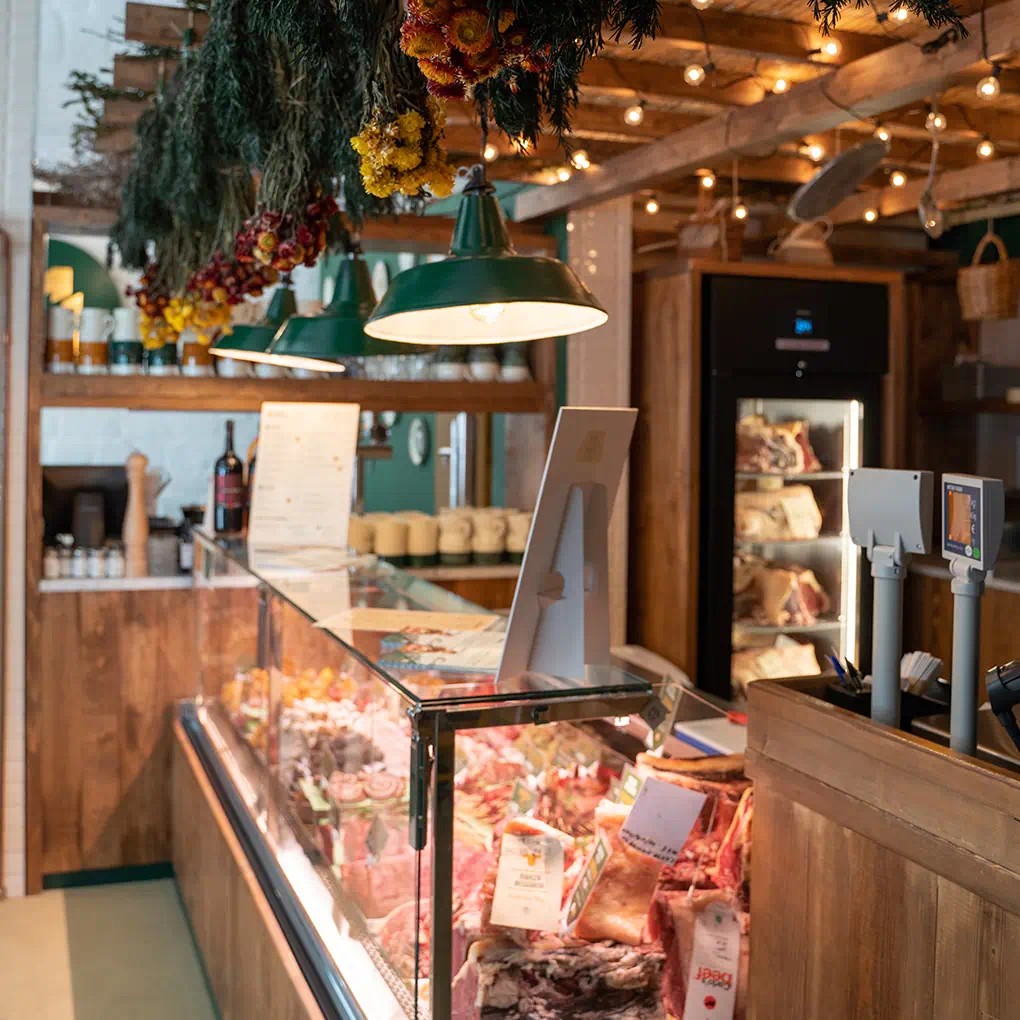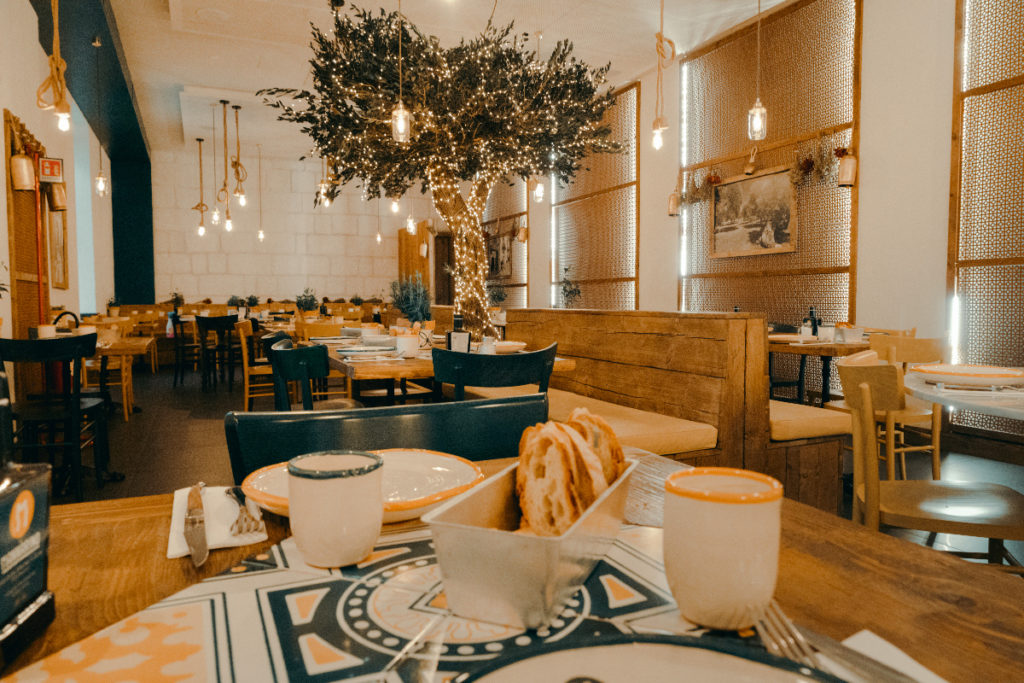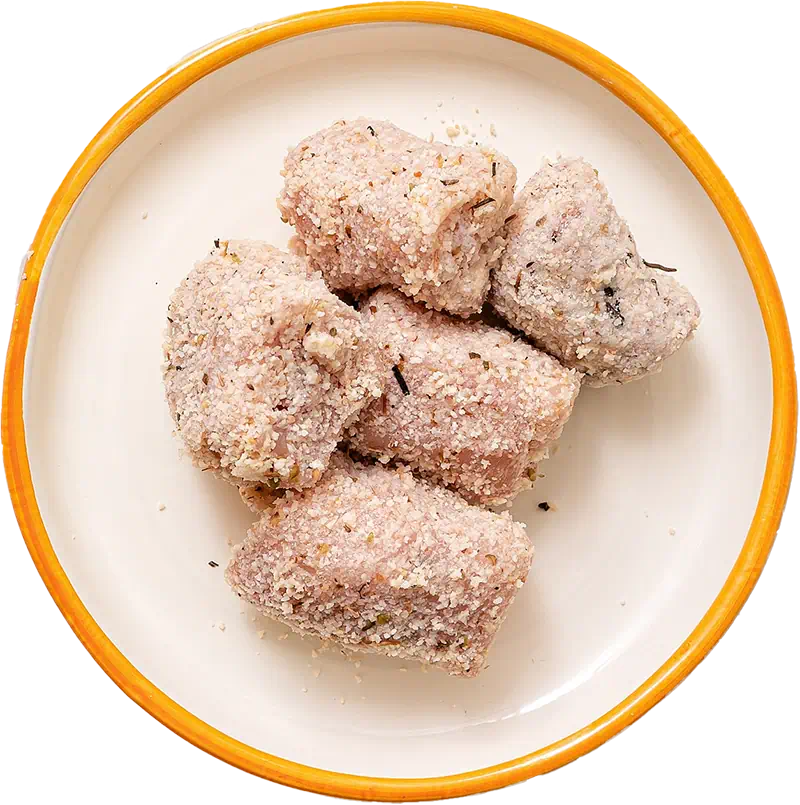BUTCHER'S SHOP WITH KITCHEN
You choose at the counter and eat at the table.
Who is Il Mannarino?
Your trusted butcher who always guides you in recognising and appreciating quality meat.

CHOSEN
Cut
Grid
EAT HERE, TAKE AWAY
o
Do you order online?
THIS IS WHERE TO FIND US
Modena

Modena
Via Del Taglio 59
Restaurant: 12:00 - 15:00 / 19:00 - 23:30
Butcher's shop: 09:30 - 19:30
Telephone: 0594270438
Genoa

Genoa
Via Fiasella 31
Restaurant: 12:00 - 15:00 / 19:00 - 23:30
Butcher's shop: 09:30 - 19:30
Telephone: 0106523884
Como

Como
Piazza Giovanni Amendola 11
Restaurant: 12:00 - 15:00 / 19:00 - 23:30
Butcher's shop: 09:30 - 19:30
Telephone: 0317185738
Turin

Turin
Via IV Marzo 12
Restaurant: 12:00 - 15:00 / 19:00 - 23:30
Butcher's shop: 09:30 - 19:30
Telephone: 0119615706
Busto Arsizio

Busto Arsizio
Piazza Vittorio Emanuele II
Restaurant: 12:00 - 15:00 / 19:00 - 23:30
Butcher's shop: 09:30 - 19:30
Telephone: 0331689959
Seregno

Seregno
Via Cadore, 96
Restaurant: 12:00 - 15:00 / 19:00 - 23:30
Butcher's shop: 09:30 - 19:30
Telephone: 03621827278
Turin

Turin
Via della Rocca, 4
Restaurant: 12:00 - 15:00 / 19:00 - 23:30
Butcher's shop: 09:30 - 19:30
Telephone: 01119783627
Novara

Novara
P.za Martiri della Libertà 5
Restaurant: 12:00 - 15:00 / 19:00 - 23:30
Butcher's shop: 09:30 - 19:30
Telephone: 0321494242
Bergamo

Bergamo
Viale Papa Giovanni XXIII 66
Restaurant: 12:00 - 15:00 / 19:00 - 23:30
Butcher's shop: 09:30 - 19:30
Telephone: 0350789025
Brescia

Brescia
Via Tosio, 3
Restaurant: 12:00 - 15:00 / 19:00 - 23:30
Butcher's shop: 09:30 - 19:30
Telephone: 0308081721
Arcore

Arcore
Via A. Casati 80
Restaurant: 12:00 - 15:00 / 19:00 - 23:30
Butcher's shop: 09:30 - 19:30
Telephone: 0396368847
Milan

Milan
Alzaia Naviglio Grande 2
Restaurant: 12:00 - 15:00 / 19:00 - 23:30
Butcher's shop: 09:30 - 19:30
Telephone: 0236744518
Milan

Milan
Via Carlo Tenca 12
Restaurant: 12:00 - 15:00 / 19:00 - 23:30
Butcher's shop: 09:30 - 19:30
Telephone: +390236745210
Milan

Milan
Via Galvano Fiamma, 6
Restaurant: 12:00 - 15:00 / 19:00 - 23:30
Butcher's shop: 09:30 - 19:30
Telephone: +390249524497
Milan

Milan
Piazza de Angeli 1
Restaurant: 12:00 - 15:00 / 19:00 - 23:30
Butcher's shop: 09:30 - 19:30
Telephone: 0236557995
DISCOVER THE
OUR MENU
ABOUT US



Discover our bowler hats
News

La Romana

Campagnola

Salamine

Mortazza

Bacon

Bronte

Spicy

Classic
News

La Romana

Campagnola

Salamine

Mortazza

Bacon

Bronte

Spicy

Classic
Bomb of the month
La Romana
April's Special Bombette
Ingredients: Bombetta of pork neck, artichokes, pecorino cheese and black pepper.
Campagnola
A tasteful picnic where every bite is a feast thanks to crispy rosemary breadcrumbs, delicate turkey breast and stringy scamorza cheese!
Ingredients: Turkey, rosemary breadcrumbs, smoked scamorza cheese, salt and pepper
Salamine
Imagine pork capocollo dancing with salami and caciocavallo cheese, wrapped in a red breadcrumbs that is pure fire of flavour!
Ingredients: Pork neck, red breadcrumbs, salami, caciocavallo cheese, salt and pepper
Mortazza
Yes please! A mix of pork neck, mortadella and sweet provolone wrapped in a black charcoal breadcrumbs.
Ingredients: Capocollo, charcoal breadcrumbs, mortadella, sweet provola, salt and pepper
Bacon
Try it and then tell your friends. Smoked bacon, pork tenderloin and sweet mustard? Irresistible together!
Ingredients: Smoked bacon, mustard, pork tenderloin, salt and pepper
Bronte
For pistachio lovers and beyond. Imagine the juicy flavour of beef combined with the creaminess of gorgonzola cheese, wrapped in a crispy breadcrumb coating of pistachio grains straight from Bronte's tastiest lands, and we are sure you will see Paradise!
Ingredients: Beef, pistachio grain and gorgonzola cheese
Spicy
Spicy is born, not made! The classic bowler here is wrapped in crispy chilli breadcrumbs. It will make you blush with every bite!
Ingredients: Pork neck, chilli breadcrumbs, canestrato cheese, salt and pepper
Classic
Our Bombette Classiche are the simplest, but they win you over very easily: just combine a slice of capocollo with canestraio cheese and you're done.
Ingredients: Capocollo, canestrato cheese, salt and pepper
Bomb of the month
La Romana
April's Special Bombette
Ingredients: Bombetta of pork neck, artichokes, pecorino cheese and black pepper.
Campagnola
A tasteful picnic where every bite is a feast thanks to crispy rosemary breadcrumbs, delicate turkey breast and stringy scamorza cheese!
Ingredients: Turkey, rosemary breadcrumbs, smoked scamorza cheese, salt and pepper
Salamine
Imagine pork capocollo dancing with salami and caciocavallo cheese, wrapped in a red breadcrumbs that is pure fire of flavour!
Ingredients: Pork neck, red breadcrumbs, salami, caciocavallo cheese, salt and pepper
Mortazza
Yes please! A mix of pork neck, mortadella and sweet provolone wrapped in a black charcoal breadcrumbs.
Ingredients: Capocollo, charcoal breadcrumbs, mortadella, sweet provola, salt and pepper
Bacon
Try it and then tell your friends. Smoked bacon, pork tenderloin and sweet mustard? Irresistible together!
Ingredients: Smoked bacon, mustard, pork tenderloin, salt and pepper
Bronte
For pistachio lovers and beyond. Imagine the juicy flavour of beef combined with the creaminess of gorgonzola cheese, wrapped in a crispy breadcrumb coating of pistachio grains straight from Bronte's tastiest lands, and we are sure you will see Paradise!
Ingredients: Beef, pistachio grain and gorgonzola cheese
Spicy
Spicy is born, not made! The classic bowler here is wrapped in crispy chilli breadcrumbs. It will make you blush with every bite!
Ingredients: Pork neck, chilli breadcrumbs, canestrato cheese, salt and pepper
Classic
Our Bombette Classiche are the simplest, but they win you over very easily: just combine a slice of capocollo with canestraio cheese and you're done.
Ingredients: Capocollo, canestrato cheese, salt and pepper
@ilmannarino
on social
SIGN UP FOR THE NEWSLETTER
Immediately for you 15% discount on your first order from the online butcher's shop




















